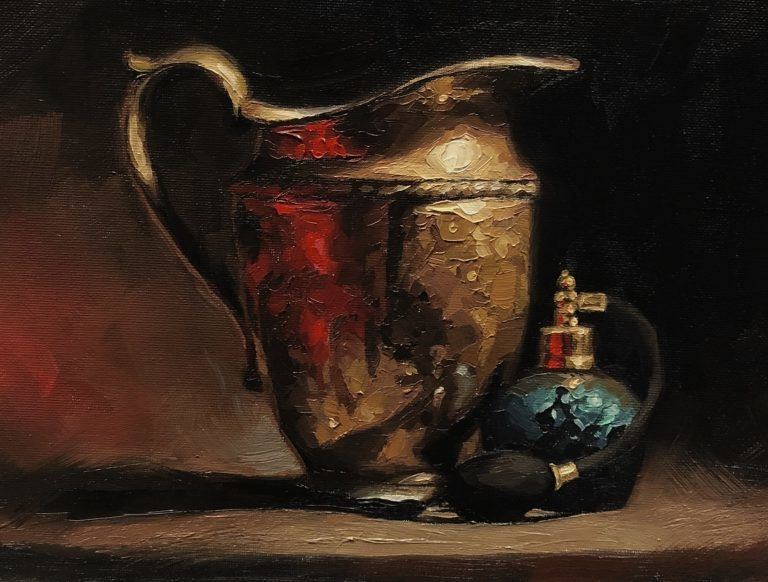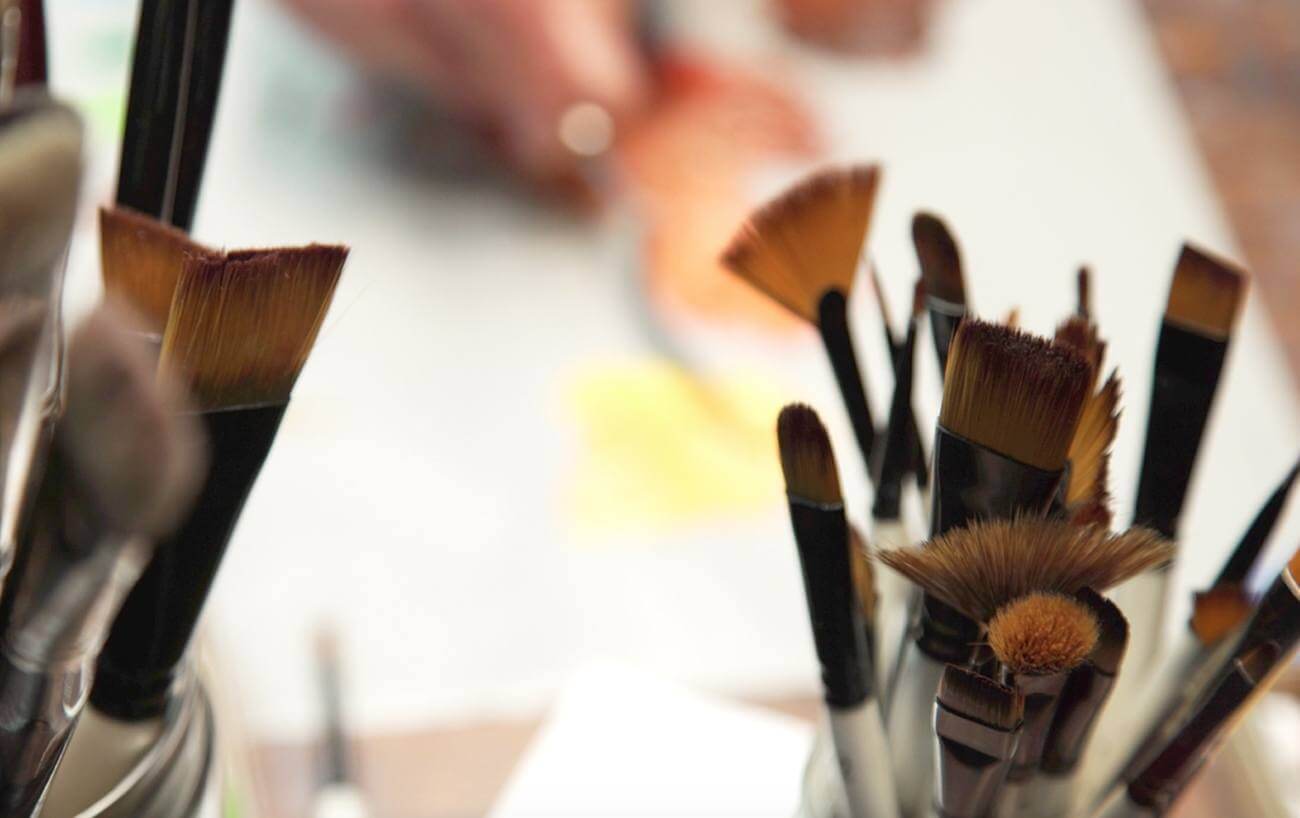
These oil painting techniques can help you begin to create amazing art!
More...
At the beginning of every student’s education, it is easy to become overwhelmed. Oil painters utilize many different techniques and tools. But by understanding a few of the techniques used by working professionals and taught by the Evolve Art program, you can gain a clear understanding of what your future techniques may look like.
These techniques all start with the fundamentals. So once a student has learned the foundations of oil painting, these five oil painting techniques can be used to make incredible artwork.
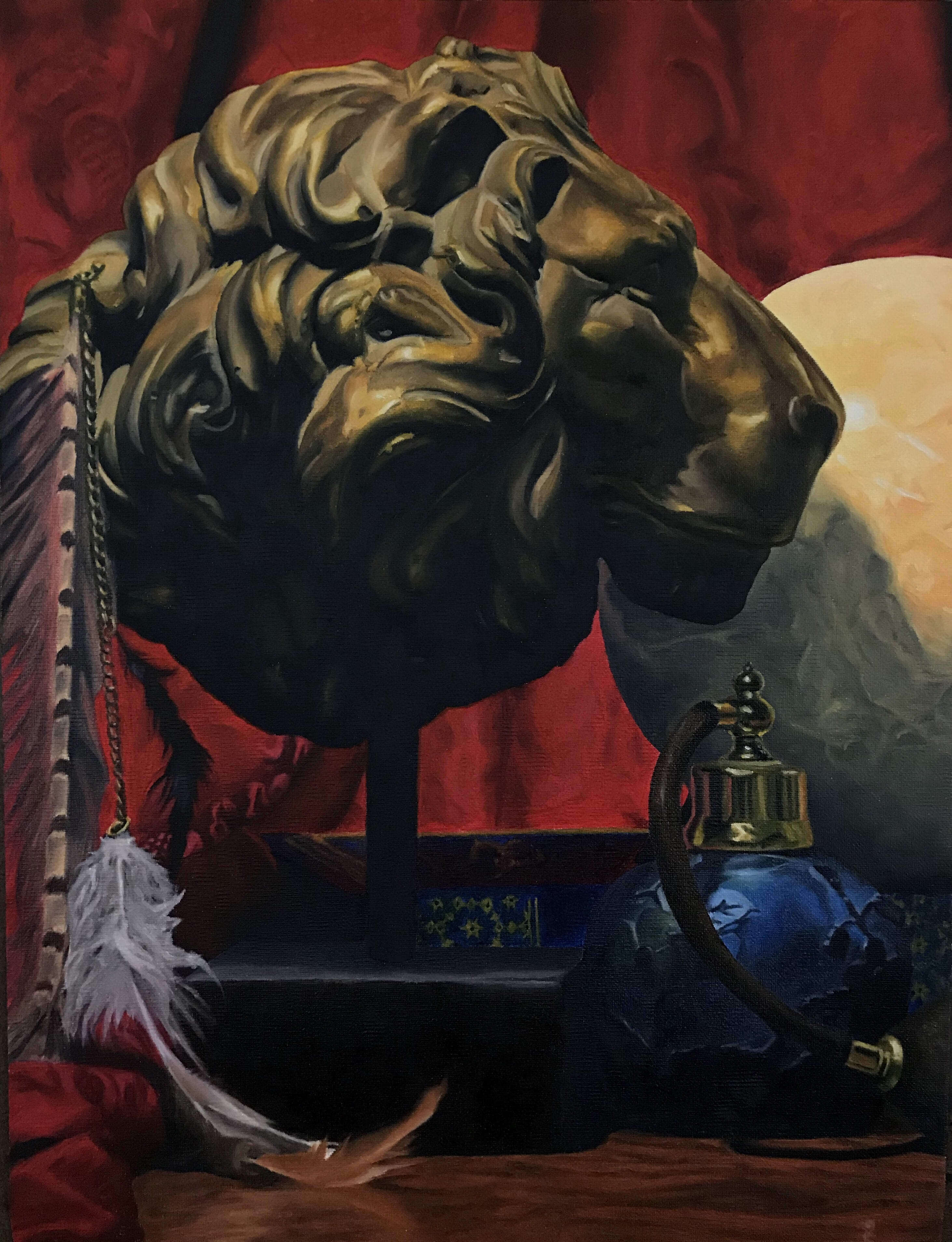
An example of a direct painting by Evolve student Michael B.
Painting Directly from a Photograph
One commonly used oil painting techniques is direct painting. Once a student has a solid understanding of value, edge, and color, they can begin to paint directly. This means that they paint exactly what they see in a photograph.
Direct painting follows a clear, linear path. First, the artist determines their darkest shadow and lightest light are in the image. And then, working from darkest to lightest, they can paint the image as they see it. So from extreme shadows into reflections and then into lights and highlights, the artist builds the painting from darkest to lightest.
A transfer drawing of the photograph can be used to help the artist know exactly where to place colors and details. By using carbon paper, the artist can transfer a black and white image onto their canvas.
The direct approach requires an understanding of value and edge in order to accurately place shadows and lights. Comparing your color mixtures to the photograph can assure you are accurately painting what you see for truly realistic work.
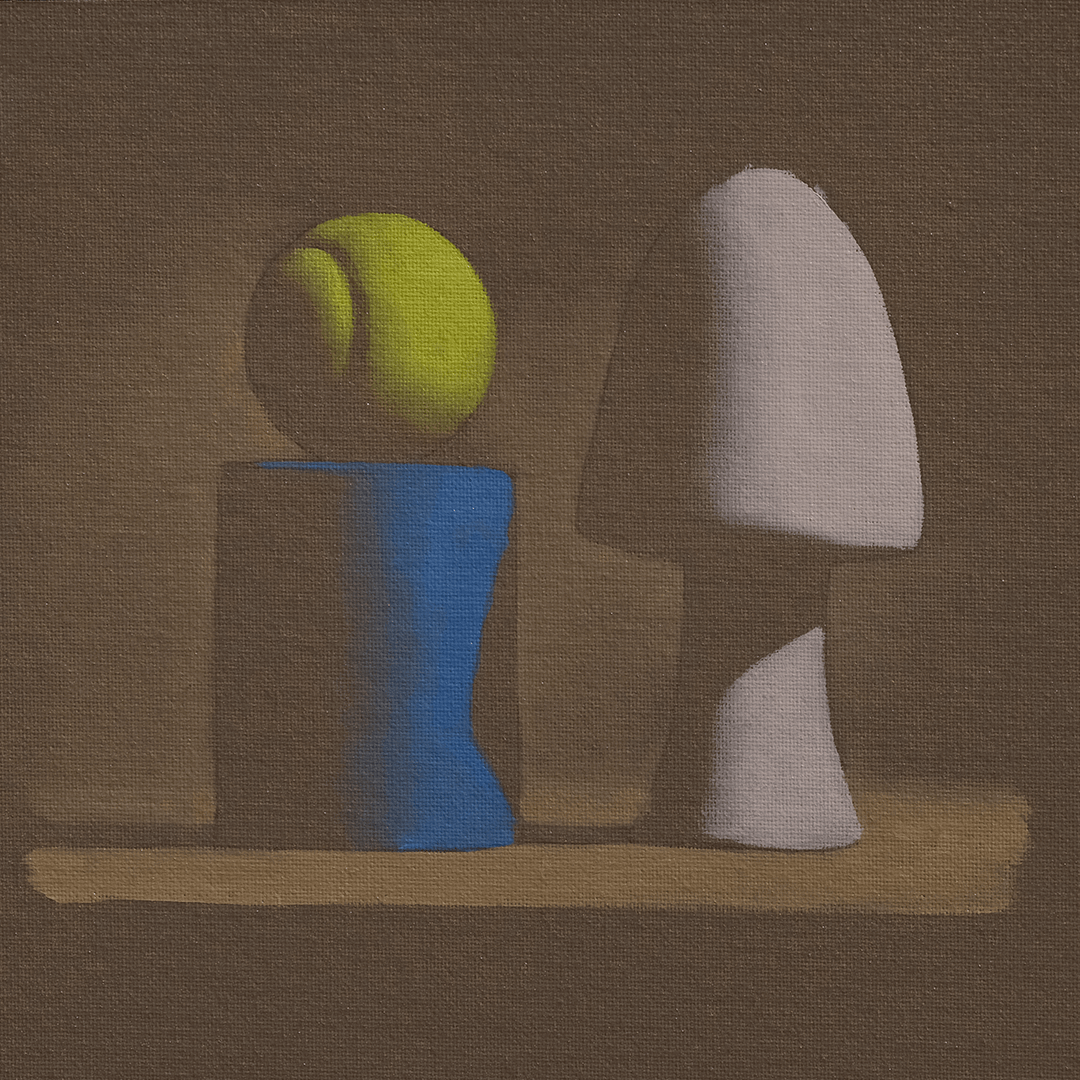
A simplified version of the vacant shadows technique
The Old Masters' Technique
The vacant shadows technique stands as one of the oldest traditional oil painting techniques. In this technique, the artist paints only the lights of the subject. This elegant technique requires a neutrally toned, dark canvas. It also requires the artist to have a solid grip on soft edges and control of the paint.
Famous oil paintings from the late 1400s and early 1500s highlight this technique beautifully. The shadows are scumbled in and the lights are painted around them. This creates an elegant and beautiful result.
When we teach this technique, the dark canvas holds the place of the shadows and absolutely nothing goes in those areas. The vacant shadow technique requires a lot of thought and less painting than other techniques. Each mark remains visible, and painfully obvious if misplaced.
As the artist lays down layers of paint, they will use gradients to express light and shadow. Where light fades into shadow, the paint simply grades away into nothing. Hierarchy in the lights proves crucial. This means that one value cannot express all of the lights. Individual values are mixed for the lights, ranging from darkest light to the most extreme highlights.
When done properly, vacant shadows present a striking and elegant way to paint, embracing the traditions of the old masters.
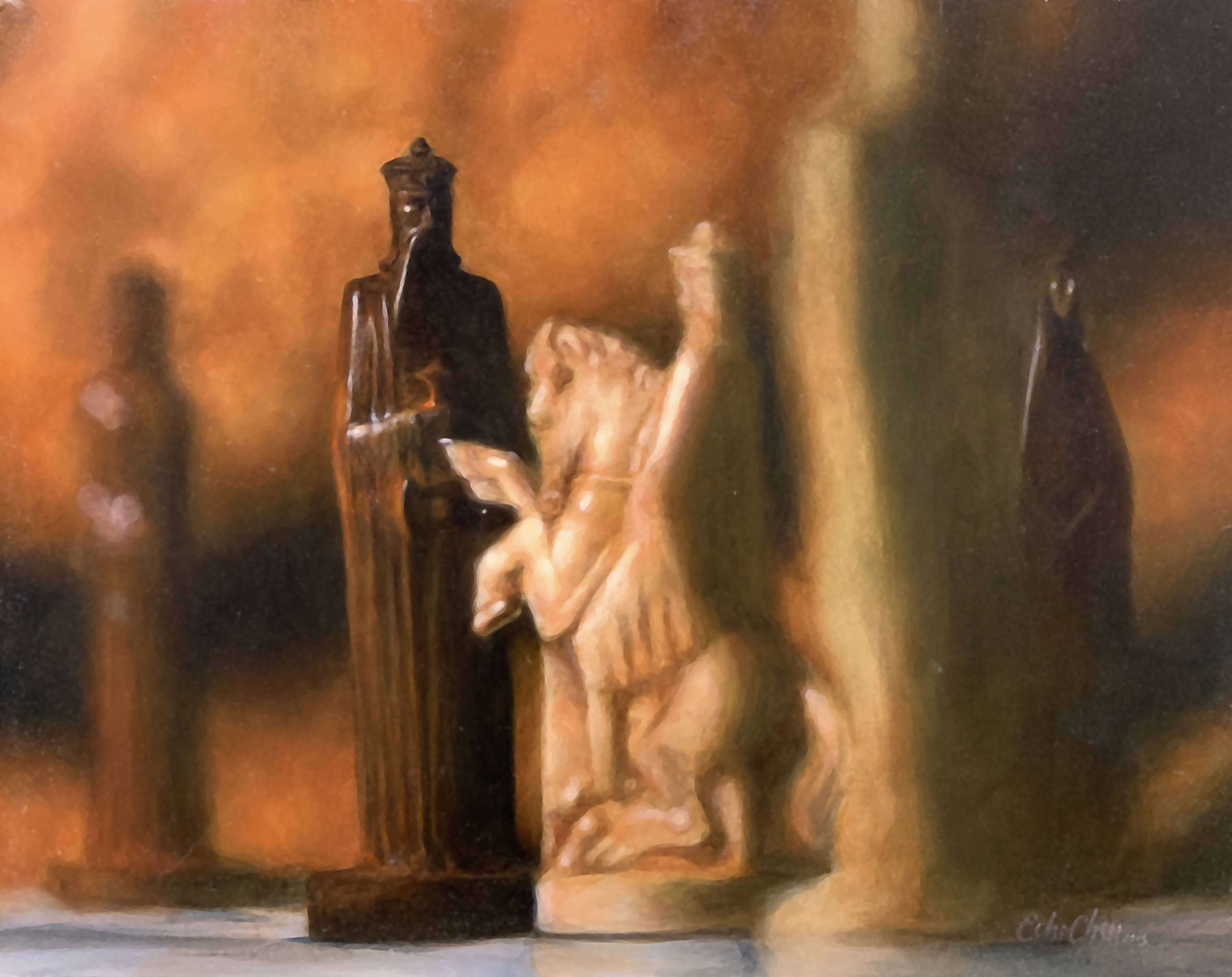
A speed painting by Echo Chen
Painting in Layers
Speed painting is a technique where the paint becomes built up over three passes. Each pass plays a crucial role in the final painting. Named for the speed with which each pass can be completed, this technique allows artists to work on multiple pieces while other work quickly dries.
This oil painting technique requires soft edges from the very beginning. The artist lays down the paint with soft, blurred out edges throughout the painting. The result at the beginning is a blurry version of what the artist sees. As layers of paint are added, the lights are increased, the shadows darkened, and the edges become more and more in focus. The final step, glazing the painting, means placing in bright colors, specular highlights, and sharp edges.
Speed painting can be beneficial for large paintings, where directly painting the entire canvas would take far too long. The thin layers of paint laid down without medium, dry quickly. This enables the artists to work on a painting within a day of the first pass going down.
This technique can produce elegant paintings, and while it looks messy at first glance, it brings a beautiful environment and softness to any painting. It affords the artist the choice to leave some edges soft and sharpen others to bring the painting into focus.
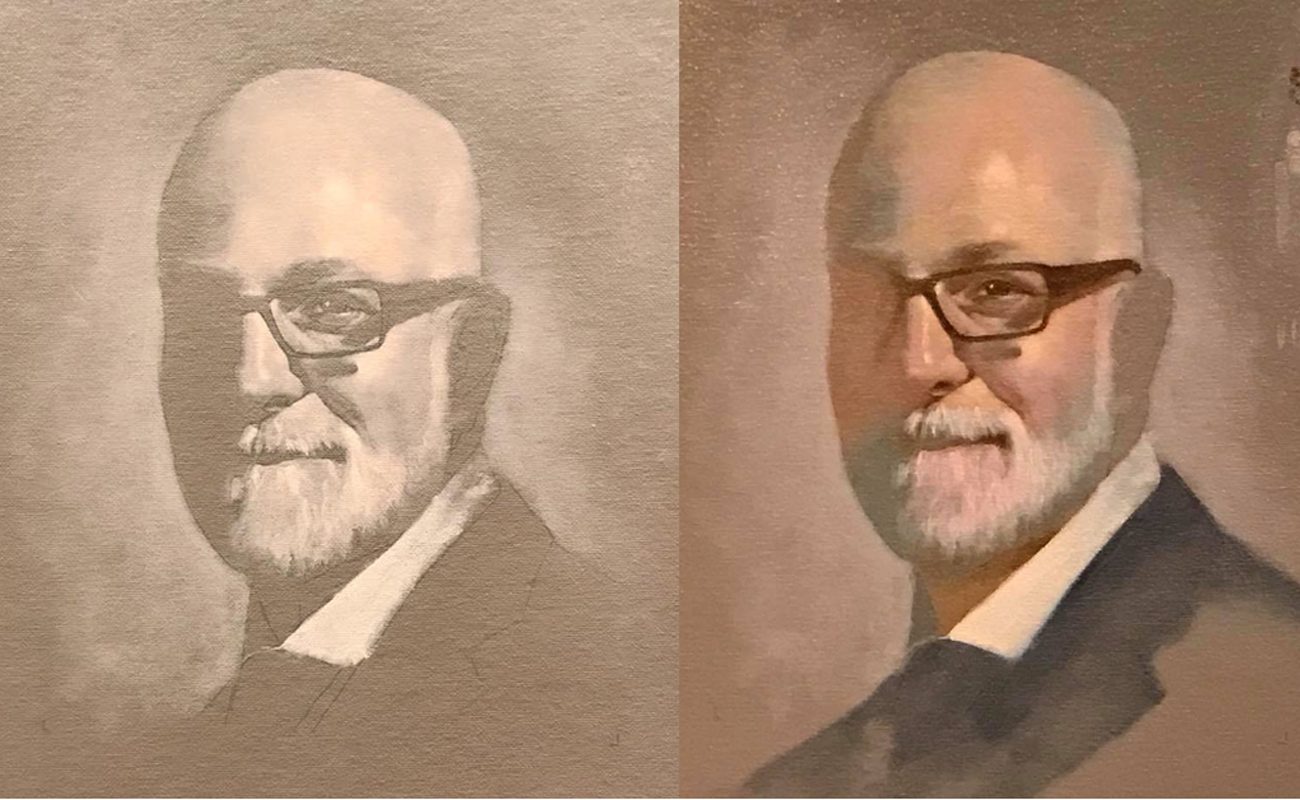
Glazing Techniques
Glazing is a technique done by using transparent paint to increase the color and depth of a painting. Old masters like Johannes Vermeer and Andrea del Sarto employed this technique on a regular basis. Glazing paints, unlike opaque paint, are see-through. This means they are placed over layers of opaque paint, but still allow the underpainting to come through.
By placing colored glaze paint on top of opaque color, the viewer optically mixes the two colors.
The painter applies glaze on top of the dry underpainting. Isolating the two layers with a pass of clear medium can prevent the lower layers from coming up. This prevents the glaze from interacting with the opaque paint and sinking down into the opaque layers. This oil painting technique is often applied with a soft, wide brush, and oil added to increase the flow and transparency of the glaze.
Impasto Painting
Impasto painting requires an artist to very thickly lay paint on their painting surface. Here at Evolve, we use a version of this technique called puddling. This oil painting technique builds up the lights and creates texture, bringing a dynamic finish to any piece.
Using larger brushes, the paint gets laid down with one stroke of the brush and not pushed about on the canvas. Small details do not play a large part in this technique. Gradients emerge by the application of paint, rather than blending edges together.
The shadows in the puddling technique often stay fairly smooth and simple, but the lights become built up with thick paint to create texture. Darker lights go down first, and the paint is built up around it to create highlights.
In the puddling technique, once laid down, paint does not get moved about. This yields a dimensional feeling to the final painting with textured brushstrokes that emerge from the canvas. Puddling can be used in any painting to give bulk and weight to the lights and an overall relaxed and creative feeling to the entire piece.
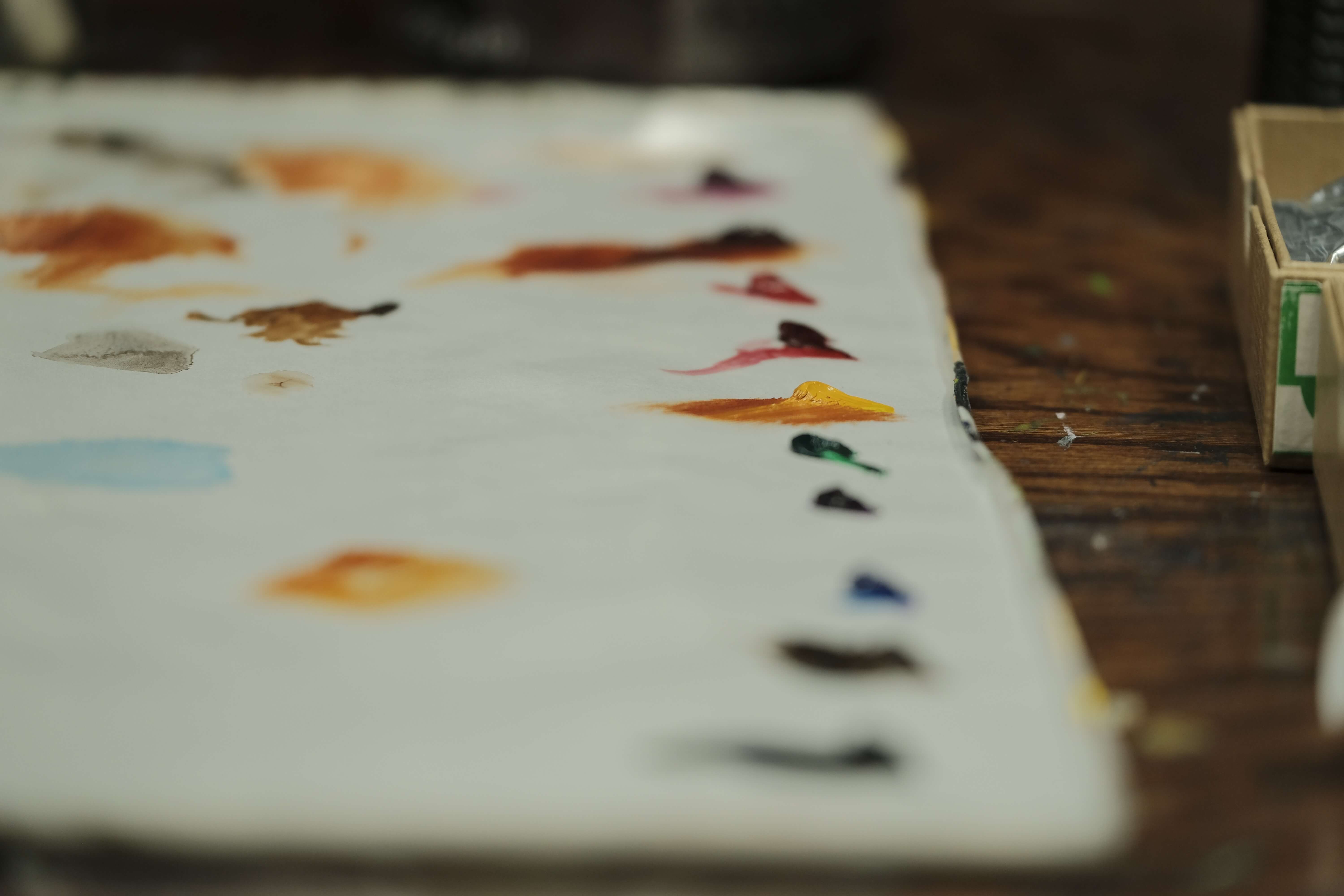
There are many techniques to choose from, but the most important factor is a foundational education.
Final Thoughts on Oil Painting Techniques
Many different styles and techniques exist for oil painting. These techniques become useful to experiment. However, it is crucial that a quality education precedes experimenting with different techniques.
Trying new techniques without a strong, foundational education equates to reading War and Peace before learning the alphabet.
So once you have conquered the foundations of value, edge, and color, you can begin to learn some of these fantastic oil painting techniques.
FREE MASTERCLASS:
The 4 Part Framework to Develop Artistic Excellence in 12 Months

